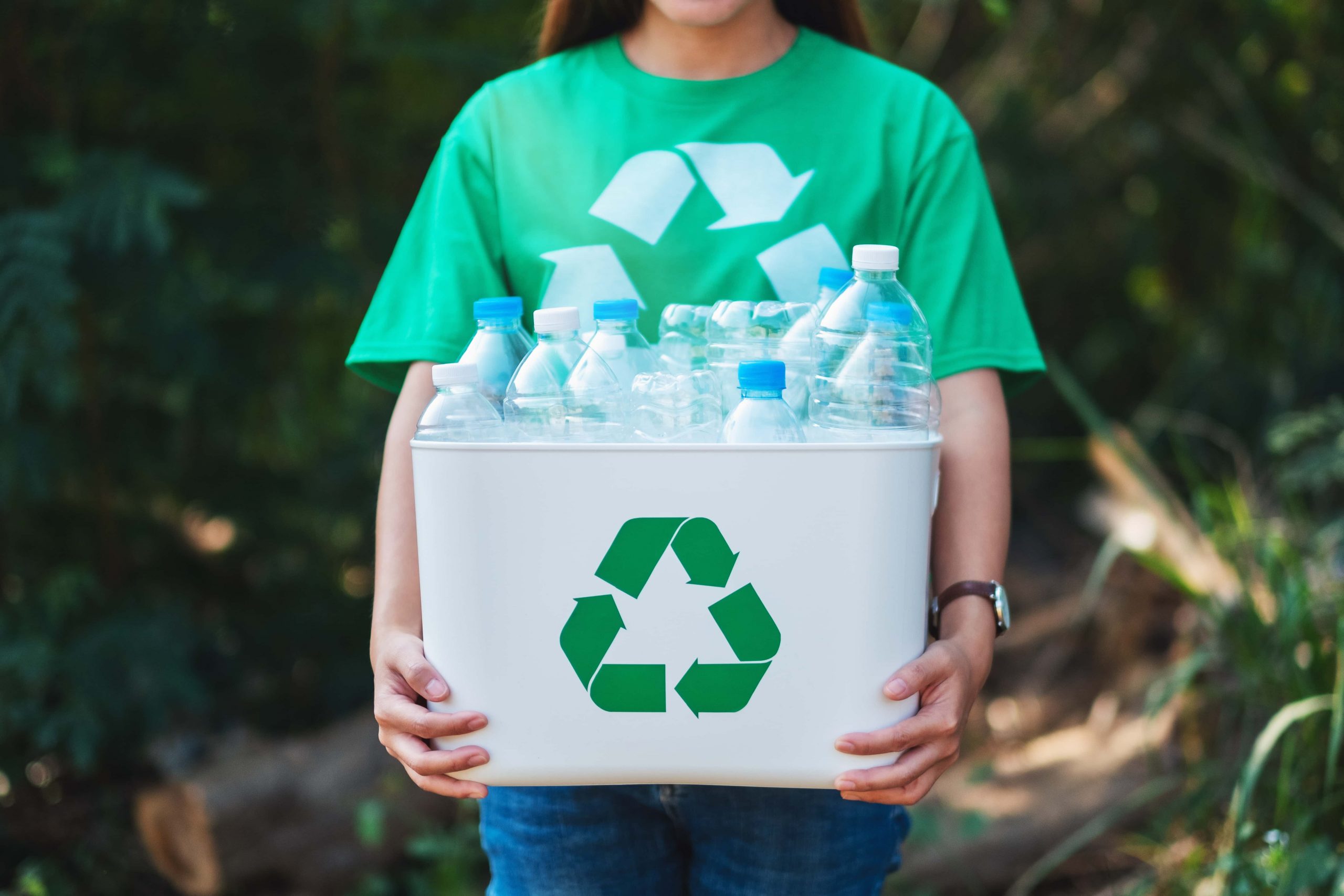The Journey of Plastic
Plastic has become an integral part of our lives, from water bottles to grocery bags. However, improper disposal of plastic waste can harm the environment and endanger wildlife. To mitigate this problem, recycling plastic waste has become increasingly important. In this article, we will explore the journey of plastic from waste to new life through the recycling process.
Step 1: Collection
The first step in the plastic recycling process is the collection of plastic waste. Plastic waste can come from various sources such as households, businesses, and industrial facilities. The collected plastic waste is then transported to a recycling facility.
Step 2: Sorting
Once the plastic waste arrives at the recycling facility, it undergoes a sorting process. During this stage, the plastic is sorted according to its type and color. This step is important because different types of plastic have different properties, and the recycling process for each type can vary. Additionally, colors must be separated because some recycling processes can only handle certain colors.
Step 3: Cleaning
After sorting, the plastic waste goes through a cleaning process. The plastic is washed to remove any contaminants such as dirt, food residues, or labels. This step is crucial to ensure that the plastic is pure and can be processed without any issues.
Step 4: Shredding
Next, the plastic waste is shredded into small pieces. The shredding process reduces the plastic waste into small, uniform pieces that can be easily processed. The size of the shredded plastic depends on the type of plastic and the intended use.
Step 5: Melting
The shredded plastic is then melted down and formed into pellets. The melting process can be done using various methods such as extrusion or injection molding. Once the plastic is melted, it can be molded into various shapes and forms.
Step 6: Reprocessing
The final step in the plastic recycling process is reprocessing. The pellets are now ready to be used in the manufacturing of new plastic products. The recycled plastic pellets can be used in various applications such as the production of new bottles, containers, toys, and even clothing.
Conclusion
The plastic recycling process is a crucial step in mitigating the negative impact of plastic waste on the environment. By recycling plastic, we can reduce the amount of plastic waste in landfills, conserve resources, and decrease pollution. As consumers, we can do our part by properly disposing of plastic waste and supporting recycling initiatives in our communities. Remember, every small step counts in the journey of plastic from waste to new life.
Labels: envirinment, Interesting, Technology


0 Comments:
Post a Comment
Subscribe to Post Comments [Atom]
<< Home